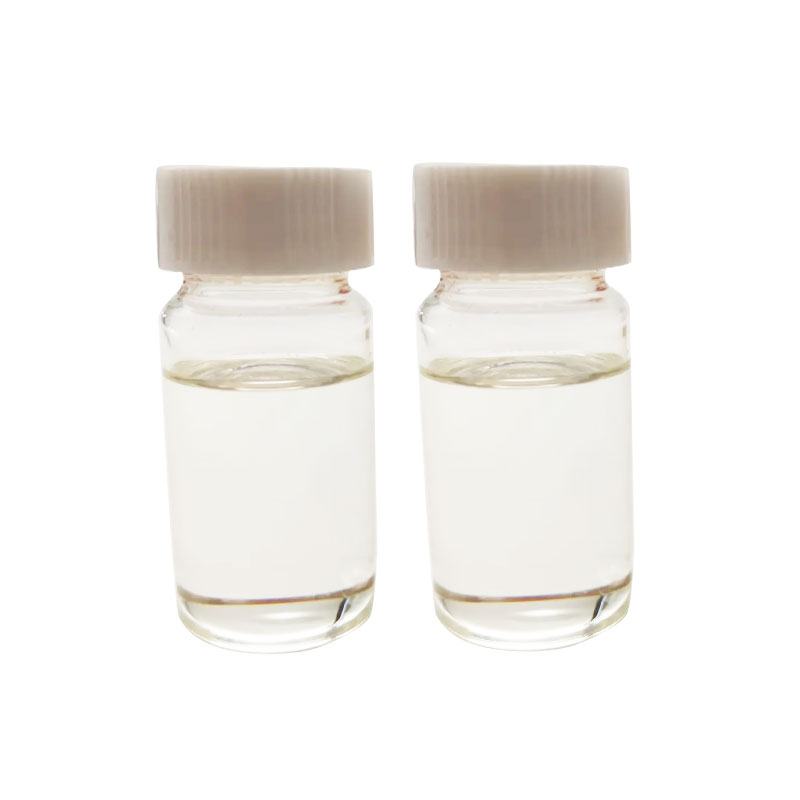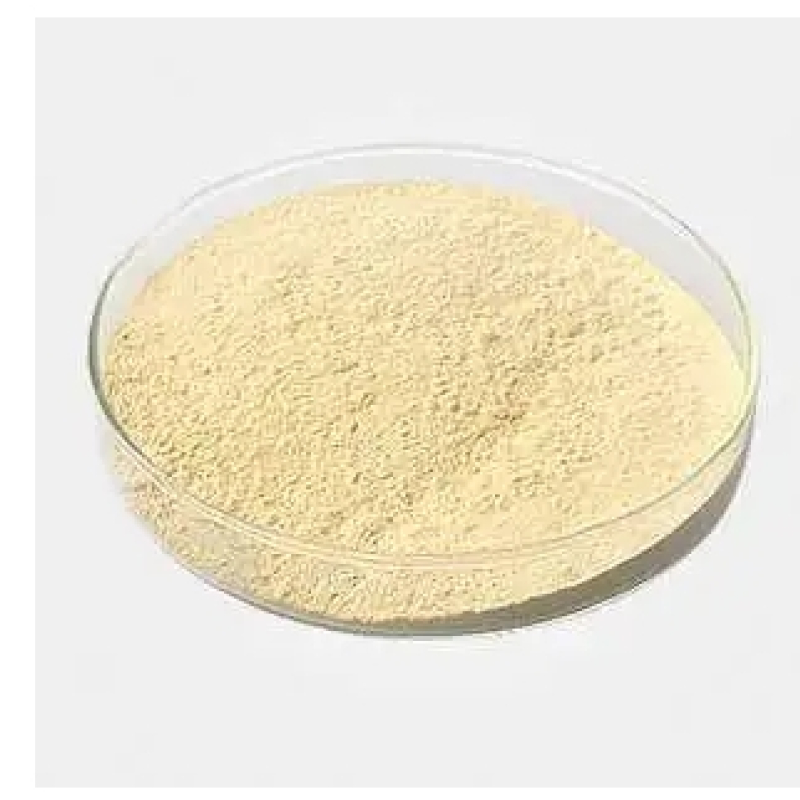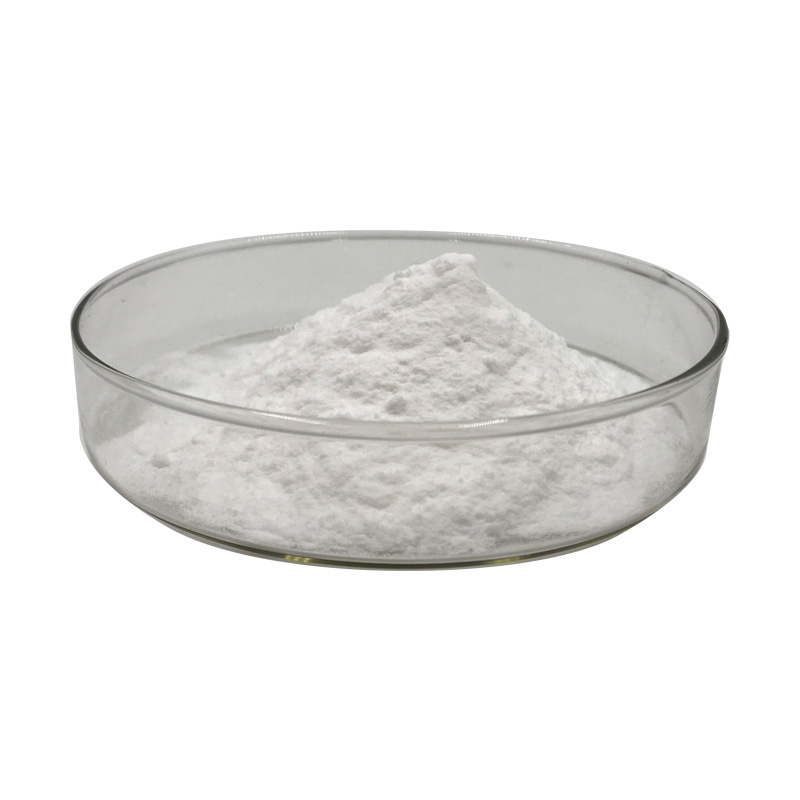Products Description of 1,3-Butanediol CAS#107-88-0Transparent colorless hygroscopic viscous liquid with a weak special taste. Almost odorless. Boiling point 207.5℃, relative density (4:1.0059, refractive index (nD20) 1.4401, freezing point <-50℃, flash point 121.1℃. Has a certain antibacterial effect.
Contact Now
Products Description of 1,4-Butanediol dimethacrylate CAS#2082-81-71,4-Butanediol dimethacrylate is used in the preparation and application of hydrogel super absorbent polymers.1,4-Butanediol dimethacrylate Chemical PropertiesMelting point −117 °C(lit.)Boiling point 132-134 °C/4 mmHg (lit.)density 1.023 g/mL at 25 °C (lit.)vapor density 2.09 (vs air)vapor pressure 430 mm Hg ( 25 °C)refractive index n20/D 1.456(lit.)Fp 38 °Fstorage temp. 2-8°Csolubility Chloroform (Sparingly), Methanol (Slightly)form Liquidpka9.8(at 25℃)color
Contact Now
1,4-Butanediol CAS#110-63-41,4-butanediol (1,4-BD) is a colorless, viscous liquid derived from butane with the aid of placement of alcohol organizations at every give up of its molecular chain and is one of 4 secure isomers of butanediol.the hydroxyl feature of every give up crew of the Butanediol reacts with exceptional mono- and bifunctional reagents: for instance with dicarboxylic acids to polyesters, with diisocyanates to polyurethanes, or with phosgene to polycarbonates.
Contact Now
Cyclohexanone CAS#108-94-1Cyclohexanone is a colorless, clear liquid with soil smell; its impure product seems as mild yellow color. It is miscible with numerous different solvents. without difficulty soluble in ethanol and ether. The decrease publicity restrict is 1.1% and the higher publicity restriction is 9.4%.
Contact Now
Products Description of 7-Diethylamino-4-methylcoumarin CAS#91-44-17-Diethylamino-4-methylcoumarin is a vital organic compound with a spectrum of applications, predominantly utilized as a fluorescent brightening agent in the textile and paper industries, enhancing the whiteness and brightness of materials. Our collaboration cases exemplify its integration in improving the luminosity of various products, a testament to its effectiveness in real-world applications.
Contact Now
Products Description of Tetrabutylammonium iodide CAS#311-28-4Tetrabutylammonium iodide (TBAI) is a commonly used phase transfer catalyst that can increase the reaction rate or effectively promote a variety of chemical reactions. This reagent can be used as an iodine source to generate the iodide required for the reaction in situ, avoiding the use of some unstable and expensive iodides.
Contact Now
Products Description of Tetrabutylammonium Perchlorate CAS#1923-70-2Tetrabutylammonium perchlorate is used as a research compound, in medicine, and as an electrolyte in electrochemical gradeTetrabutylammonium perchlorate Chemical PropertiesMelting point 211-215 °Cdensity 1.0387 (rough estimate)refractive index 1.6800 (estimate)solubility acetonitrile: 0.1 g/mL, clear, colorlessform Crystalline Powdercolor WhiteWater Solubility Soluble in acetonitrile and ethanol.
Contact Now
Products Description of β-Nicotinamide Mononucleotide CAS#1094-61-7Nicotinamide mononucleotide, also called β-nicotinamide mononucleotide (NMN), is a synthetic substrate for coenzyme I. NMN is also used in anti-aging research. Studies have shown that β-NMN can also regulate the secretion of insulin and also affect the expression level of mRNA.
Contact Now
Products Description of Nicotinamide Mononucleotide CAS#1094-61-7Nicotinamide mononucleotide, also known as β-nicotinamide mononucleotide (NMN), is a synthetic substrate of coenzyme I. At the same time, NMN is also used in anti-aging research. Studies have shown that β-NMN can also regulate the secretion of insulin and affect the expression level of mRNA. β-NMN has broad application prospects in the field of medical treatment. β-Nicotinamide mononucleotide is a product of the extracellular nicotinamide phosphoribosyltransferase (eNAMPT) reaction and a key NAD+ intermediate.
Contact Now
Products Description of 2-Butanol CAS#78-92-2Sec-butanol is also called 2-butanol and methylethylmethanol, with the chemical formula CH3CH2CHOHCH3. Molecular weight 74.12. Colorless liquid with strong mint Chemicalbook aroma, flammable. Volatile. Optically active.
Contact Now
Products Description of 5-CyanoindoleCAS#15861-24-2Off-white crystals, melting point 106-107℃.5-Cyanoindole Chemical PropertiesMelting point 106-108 °C(lit.)Boiling point 249.72°C (rough estimate)density 1.1777 (rough estimate)refractive index 1.6211 (estimate)storage temp. Keep in dark place,Inert atmosphere,Room temperaturesolubility Chloroform, Hexane, Methanolform Crystalline Powderpka15.62±0.30(Predicted)color White to slightly yellowWater Solubility Soluble in chloroform, hexane and methanol.
Contact Now
Products Description of 2-Amino-5-nitropyrimidine CAS#3073-77-62-Amino-5-nitropyrimidine CAS: 3073-77-6 Molecular formula: C4H4N4O22-Amino-5-nitropyrimidine Chemical PropertiesMelting point 235-237 °C(lit.)Boiling point 256.57°C (rough estimate)density 1.5799 (rough estimate)refractive index 1.8010 (estimate)storage temp. Keep in dark place,Inert atmosphere,Room temperaturesolubility soluble in Dimethylformamidepka0.04±0.10(Predicted)form Fine Crystalline Powdercolor Light yellowInChIKeySSHFCFRJYJIJDV-UHFFFAOYSA-NCAS DataBase Reference3073-77-6
Contact Now
Products Description of 2-Methoxy-5-formylpyrimidine is a pyrimidine derivative2-Methoxy-5-formylpyrimidine is a pyrimidine derivative2-METHOXY-PYRIMIDINE-5-CARBALDEHYDE Chemical PropertiesMelting point 94-96 °CBoiling point 281.3±32.0 °C(Predicted)density 1.238±0.06 g/cm3(Predicted)storage temp. under inert gas (nitrogen or Argon) at 2-8°Cform solidpka-0.41±0.22(Predicted)color YellowSafety InformationHazard Codes Xi,XnRisk Statements 22HazardClass IRRITANTHS Code 2933599590Product Application of 2-Methoxy-5-formylpyrimidine is a pyr
Contact Now
Products Description of 2-Amino-5-chloropyrazine CAS#33332-29-52-Amino-5-chloropyrazine is a pyrazine compound, mainly used as an organic intermediate.CAS No.
Contact Now
Products Description of 5-Chlorothiophene-2-Sulfonamide CAS#53595-66-72-Chlorothiophene-5-sulfonamide is a white powder crystal, which is often used as a pharmaceutical intermediate and pharmaceutical raw material.5-Chlorothiophene-2-Sulfonamide Chemical PropertiesMelting point 113-117 °C(lit.)Boiling point 366.3±52.0 °C(Predicted)density 1.649±0.06 g/cm3(Predicted)storage temp. under inert gas (nitrogen or Argon) at 2–8 °Csolubility soluble in Methanolform powder to crystalpka9.75±0.60(Predicted)color White to Light yellow to GreenCAS DataBase Refe
Contact Now
Products Description of 5-Bromo-8-nitroisoquinoline CAS#63927-23-1It is a light yellow solid powder at room temperature and pressure.
Contact Now
Products Description of 2-Bromo-5-hydroxypyrazine CAS#374063-92-02-Hydroxy-5-bromopyrazine is an organic intermediate.2-Bromo-5-hydroxypyrazine Chemical PropertiesMelting point 115-119°Cdensity 2.00±0.1 g/cm3(Predicted)storage temp. Keep in dark place,Sealed in dry,Room Temperaturepka10.02±0.40(Predicted)form Crystalline Powdercolor White to light brownSafety InformationHazard Codes Xi,XnRisk Statements 22-41Safety Statements 26-39WGK Germany 1HS Code 29339900Product Application of 2-Bromo-5-hydroxypyrazine CAS#374063-92-0It has been
Contact Now
Products Description of Pectin CAS#9000-69-5 Pectin (English: pectin) is a natural high molecular compound. It is mainly found in all higher plants and is an important component of plant cell matrix. Pectin is deposited in the primary cell wall and intercellular layer. In the primary wall, it cross-links with microfibrils of cellulose, hemicellulose, lignin and certain extensins of different contents, making various cell tissue structures hard and showing inherent morphology, and serving as a supporting substance for internal cells.
Contact Now
Products Description of VANPLAST 202 CAS#61790-48-5White powderVANPLAST 202 Chemical PropertiesBoiling point 1683.39℃[at 101 325 Pa]vapor pressure 0Pa at 25℃Water Solubility 1.714ng/L at 25℃LogP41.08 at 25℃EPA Substance Registry SystemSulfonic acids, petroleum, barium salts (61790-48-5)Factory and Equipment ShowFast delivery timeInventory 2-3 working days New production 7-10 working days
Contact Now
Products Description of UV Absorber 326CAS#3896-11-5Ultraviolet absorbers refer to a kind of preparation that can prevent a large amount of ultraviolet rays from passing through.
Contact Now
Products Description of Panthenol CAS#16485-10-2Provitamin B5 is a white crystalline hygroscopic powder.
Contact Now
Products Description of 4-tert-Amylphenol CAS#80-46-64-tert-Amylphenol is an organic compound characterized by a phenolic structure with a tert-amyl (4-methyl-2-pentyl) group attached to the para position of the benzene ring. It is used in various applications, including as a stabilizer in polymers and as an intermediate in the synthesis of other organic compounds.
Contact Now
Products Description of Tetrahydrothiopyran-4-one CAS#1072-72-6Tetrahydrothiopyran-4-one (4H-Thiopyran-4-one,tetrahydro-), the molecular formula is C5H8OS.Tetrahydrothiopyran-4-one Chemical PropertiesMelting point 60-64 °C (lit.)Boiling point 140.82°C (estimate)density 1.050 (estimate)refractive index 1.5100 (estimate)storage temp. Inert atmosphere,Room Temperaturesolubility Acetonitrile (Slightly), Chloroform (Slightly)form Crystalline Solidcolor White to pale yellowBRN 106464InChIKeyOVRJVKCZJCNSOW-UHFFFAOYSA-NLogP0.490 (est)CAS DataBase Refer
Contact Now
Ethanol CAS# 64-17-5Ethanol, additionally recognized as ethyl alcohol (or grain spirits, or alcohol), is a clear colorless, volatile, flammable solvent with a attribute odor. The boiling factor of ethanal is 78.5°C. The bio-alcohol is observed in alcoholic beverages. Concentrated alcohol has a sturdy burning taste, however it is truly candy when diluted. It is additionally increasingly more being used as a gas (usually changing or complementing gasoline).
Contact Now


































